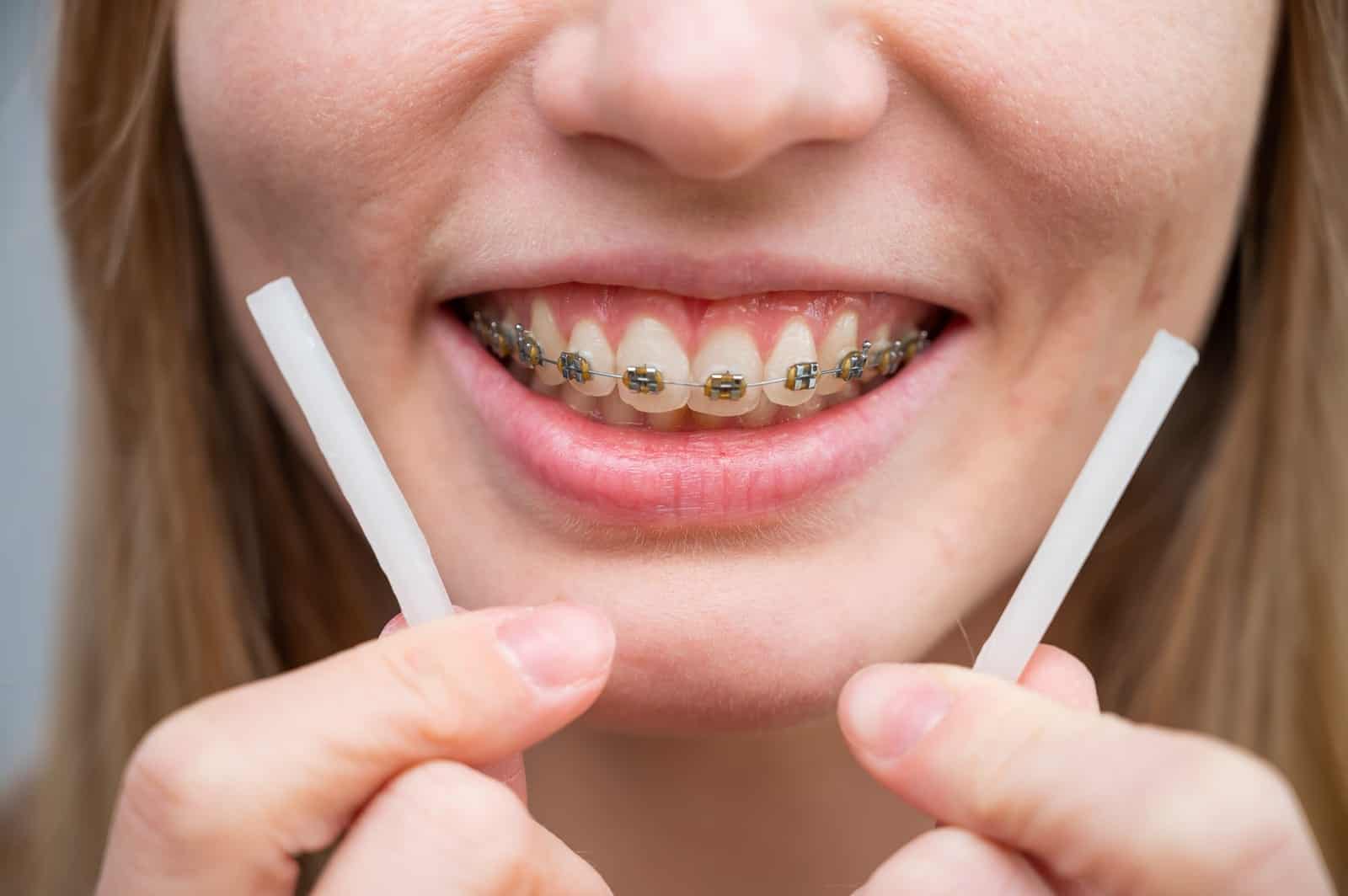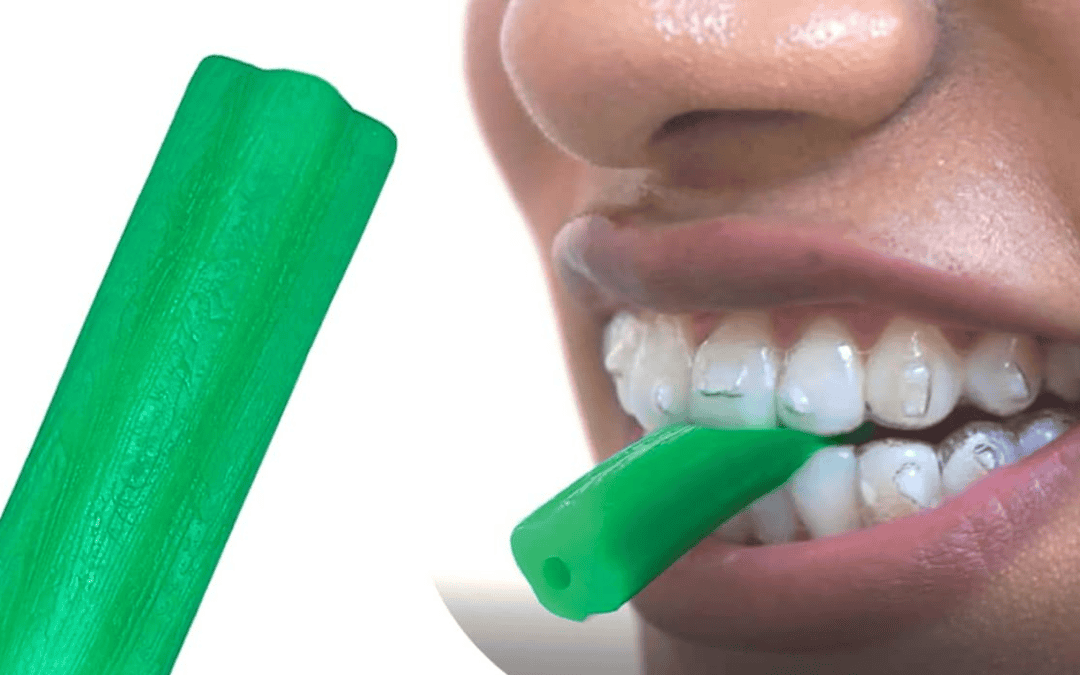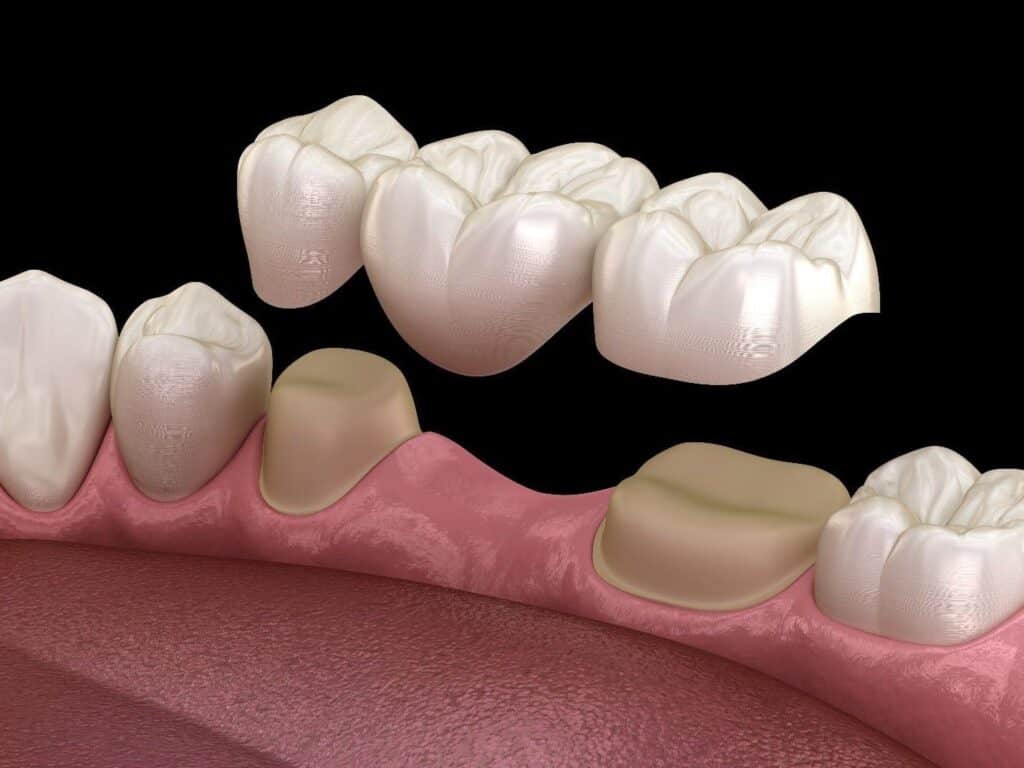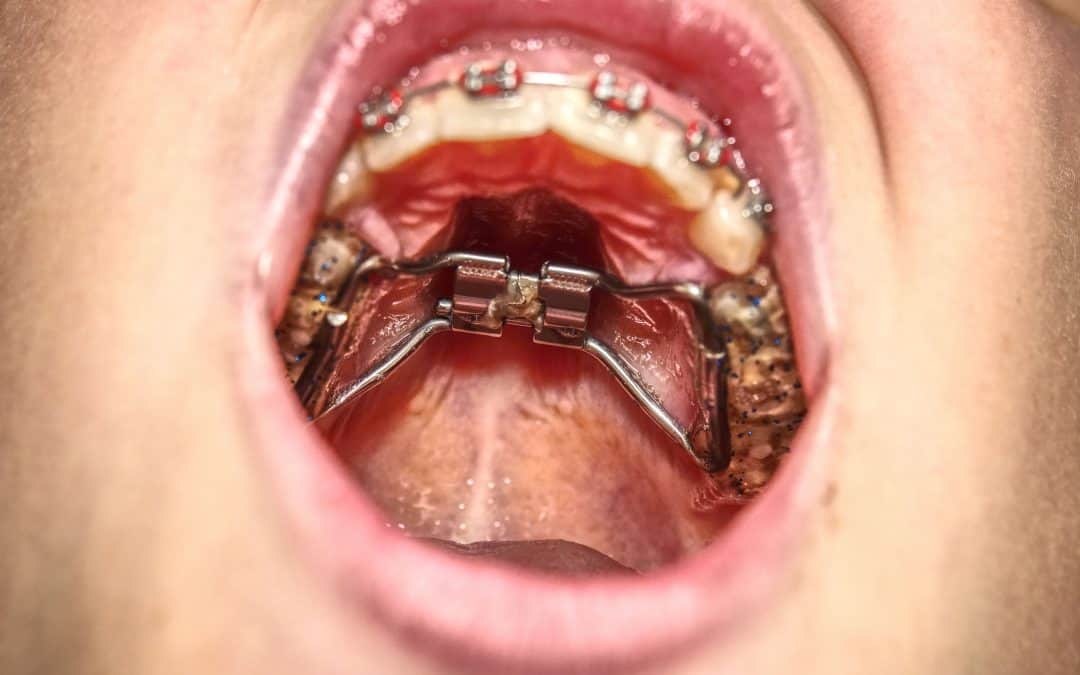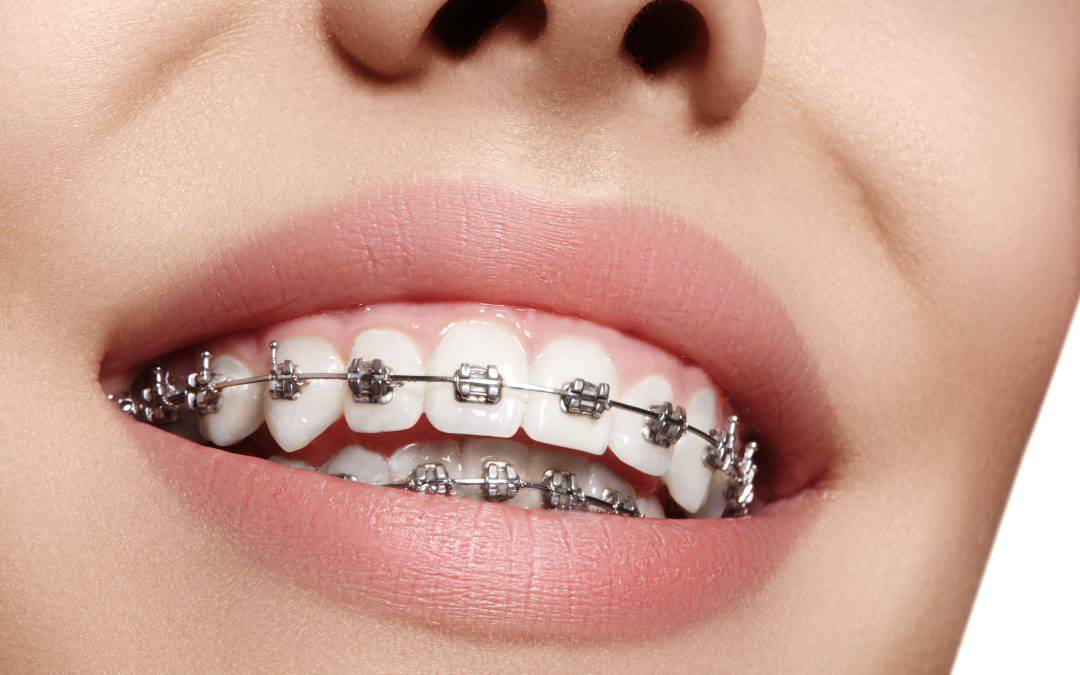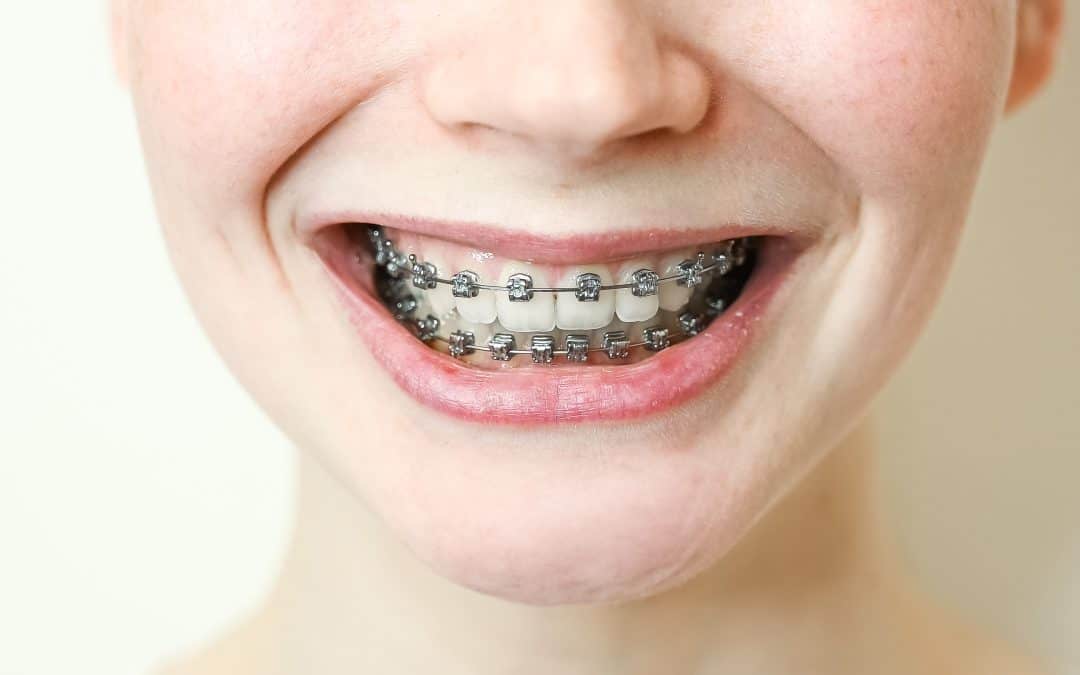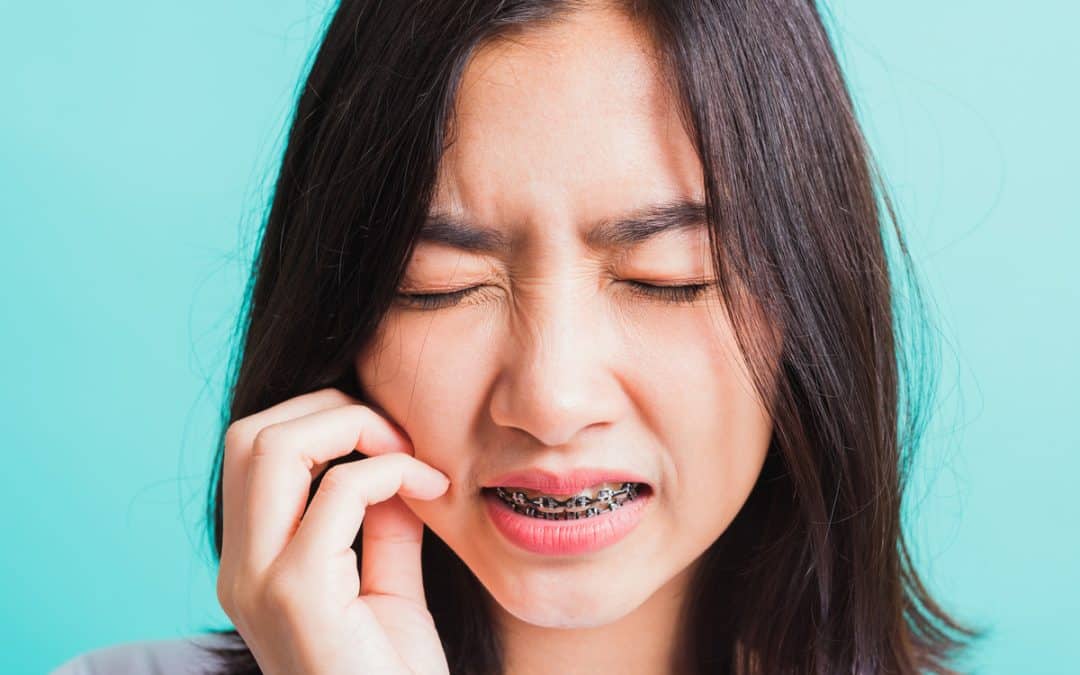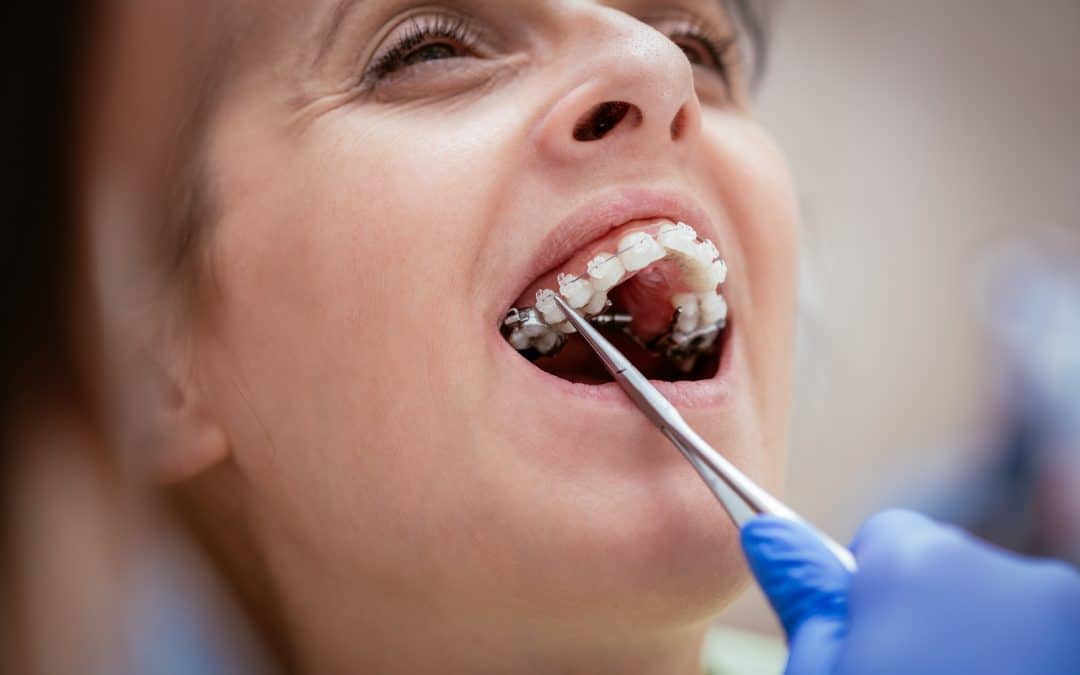Dental braces, a standard treatment for orthodontic problems, can straighten teeth and correct oral health problems. Though very effective, braces can sometimes be uncomfortable and irritating – especially in the initial stages of their adjustment. Here’s where dental wax helps. Dental wax is an efficient way out of the problems with the dental brace. So, what exactly is wax for dental braces, and how should we use it?
Smooth smiles begin with the gentle embrace of dental wax, soothing braces with comfort and grace.
What is Dental Wax for Braces?
A pliable substance is a dental wax, also called orthodontic wax or braces wax, used on orthodontic appliances such as brackets. It is a shield, preventing damage from the metal brackets to soft oral tissues- your mouth, gums, and lips. If people apply gum waxes for braces and wires within braces treatment, they can decrease the discomfort that mainly arises from friction against soft tissues in your mouth.
What Is Dental Wax Made of?
Most dental wax for broken teeth is a blend of plant and animal waxes like paraffin wax, beeswax, carnauba, and other substances. The compounds can be mixed to make soft, pliable material that attaches to braces. Not only is dental wax non-toxic, but it’s also harmless to humans of all ages, from infants to elders undergoing orthodontic therapy.
How to Use Dental Wax For Braces?
The use of wax for dental braces is easier than you think it is. How do you apply dental wax to your braces? Let’s take you through it in a detailed manner:
Prepare the Wax:
Use the container to remove a small piece of dental wax. Rub the small amount of softened dental wax between your fingers and make it more malleable.
Clean the Braces:
Use a toothbrush or interdental brush to clean your braces and remove food residues. For the wax to adhere better, preferably to a clean surface.
Dry the Area:
Use a tissue or cotton swab to dry the spot where the braces are to be waxed. If the surface is dry, the wax will adhere more effectively to brackets and wires.
Apply the Wax:
First, take some softened dental wax and make a small ball. Press the wax tightly against the bracket or wire that’s causing pain. Make sure the wax completely covers the sharp or protruding edge.
Smooth the Wax:
You can use your fingers to mold the wax and help it stick to the braces better. The wax should likewise come out like a mellow between braces and your mouth.
Repeat as Needed:
If you feel uncomfortable or distressed from other areas of your braces, we suggest you add more wax by repeating the process.
Is Wax from Braces Edible?
Although dental wax will alleviate discomfort from braces, you should take it out for meals. Wax For Dental Braces is not made to stand up to the bite of chewing and can quickly be released or swallowed while eating. Before eating, carefully remove any wax from your braces and put it away in a clean case for future use. In addition, be aware of what kind of food you eat while wearing braces to avoid damaging the brackets and wires.
Ways to Care for Your Braces
Dental wax is not the only way to care for braces; there are several other ways to help take care of your braces and minimize discomfort:
Must be clean:
Remind yourself to brush and use floss regularly to keep loose teeth and braces clean. Keep good oral hygiene to lower the build-up of plaque and lessen the occurrence of gum diseases and cavities.
Everything should start off clean:
Whenever you set orthodontic appointments, schedule adjustments, and check-ups as frequently as your orthodontist advises. Routine appointments enable your orthodontist to measure your progress and adjust the treatment if necessary.
Do Not Eat Hard or Sticky Foods:
Sheets or mints, nuts, chewing gum–foods like these may damage your braces or become lodged inside the wires and brackets. Stick to soft, braces-compatible foods to avoid pain and lower the possibility of orthodontic urgencies.
Using Orthodontic Accessories:
Use other items besides dental wax, such as orthodontic or dental silicone, to enhance comfort and protection for your braces.
Along with following these rules and applying the dental wax braces as needed, you can make finishing braces more comfortable and minimize discomfort. If you have any concerns or continue to experience pain that won’t go away, do not hesitate to contact your orthodontist for advice and help.
Bottom Line
Wax For Dental Braces is handy for dealing with discomfort and irritation during orthodontic treatment. This kind of dental wax comprises various types of wax that occur naturally. It acts as a coat to reduce friction and protect your teeth, gums, and cheeks, keeping lips moist and relieving those wearing fixed braces and elastomeric wires. On the other hand, it’s essential to realize that orthodontic dental wax is only one aspect of total treatment. Regular first-rate dental health clinic trips are vital for successful orthodontic treatment and lasting oral health. When concerned about orthodontic health or dental health in general, the best course of action you can take is to pay a visit to a Dental Health Clinic.

